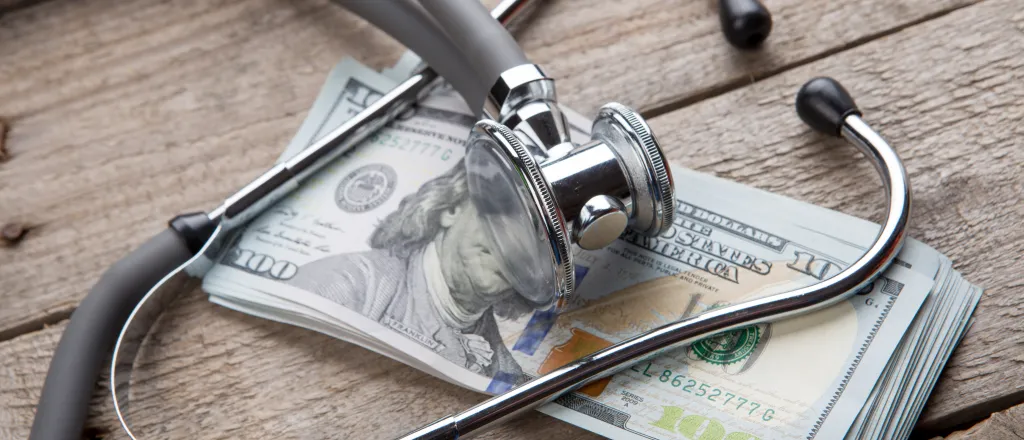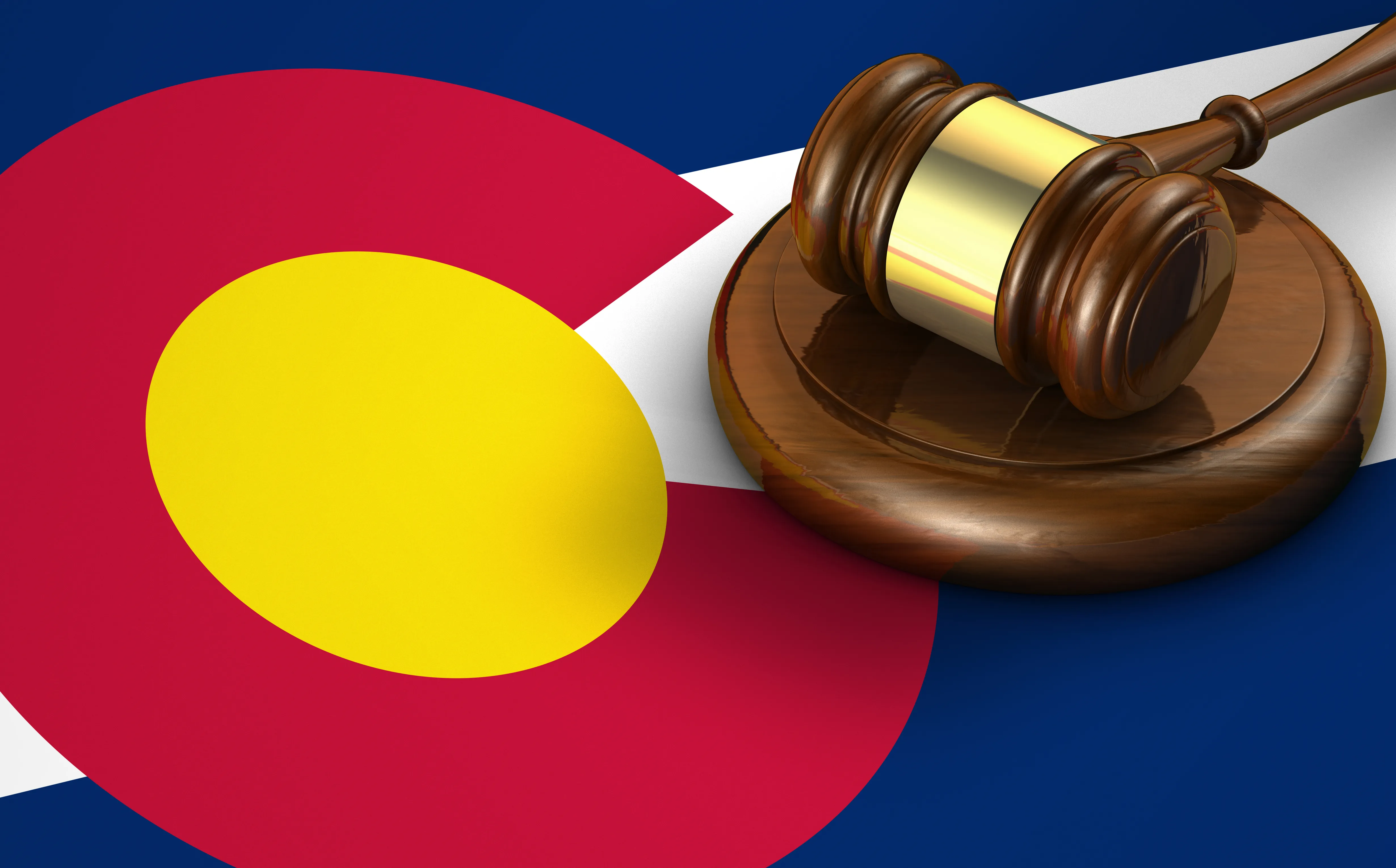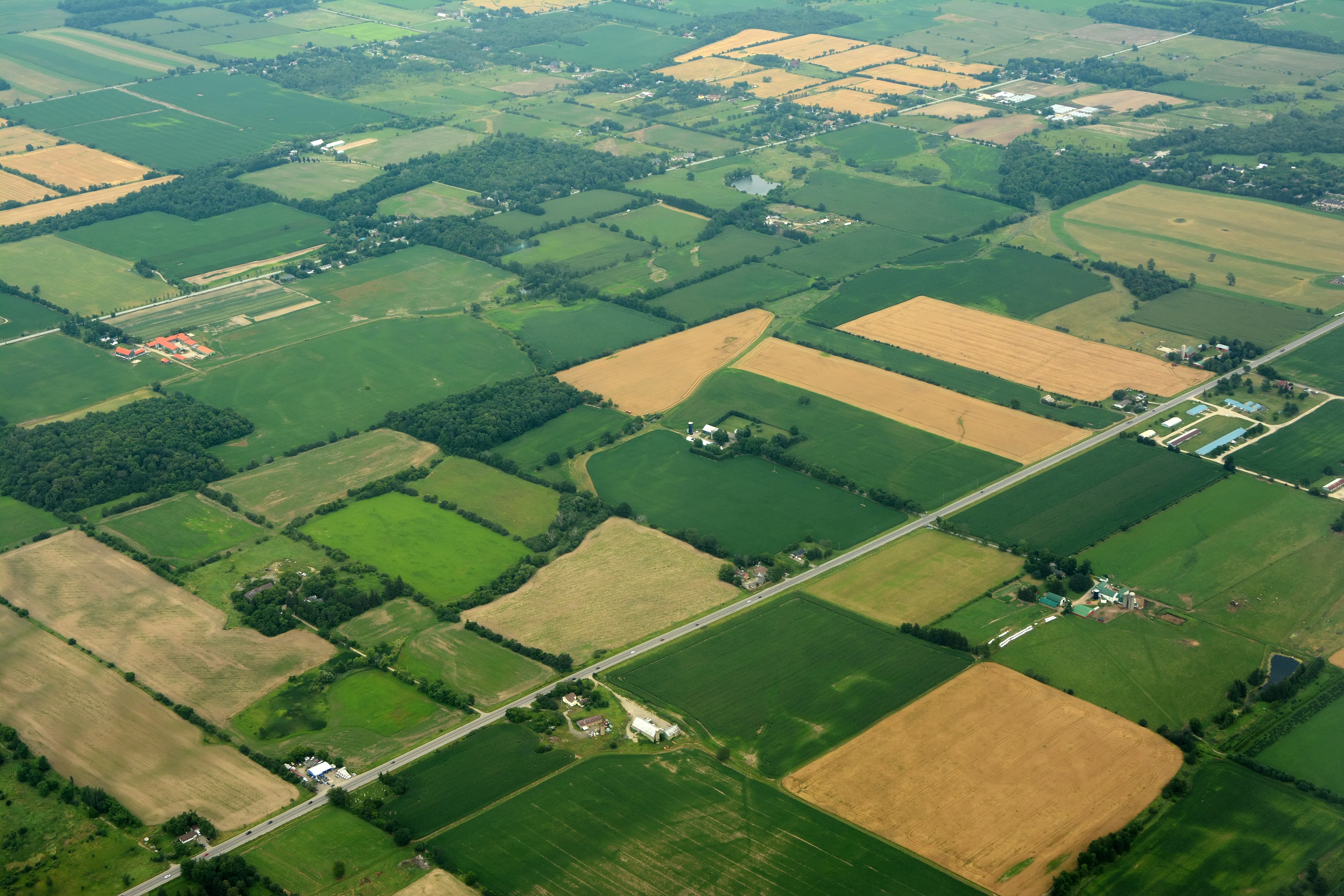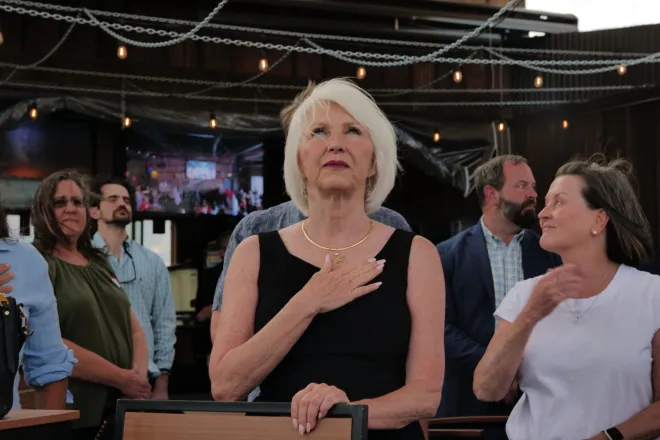
New law will limit payments to hospitals that treat low-income patients
President Donald Trump’s new tax and spending law will likely force more than half the states to reduce payments to doctors and hospitals that treat Medicaid patients, a change critics warn will be particularly harmful to rural hospitals struggling to stay afloat.
Medicaid, the joint state-federal health insurance program for low-income people, reimburses doctors, hospitals and nursing facilities for treating enrollees. But in many cases, the program doesn’t fully cover the cost of care, straining providers that serve a large share of Medicaid patients.
To help providers cover losses and continue to serve poorer populations, the federal government allows the 41 states, plus the District of Columbia, that have contracted with Medicaid managed care organizations (MCOs) to run their Medicaid programs to direct them to pay providers more — in some cases, as much as commercial plans.

© zimmytws - iStock-2206705589
Ultimately, taxpayers cover the costs of these so-called state directed payments — and those costs are growing. As of August 2024, the higher payments were projected to add $110.2 billion per year to Medicaid spending, nearly 60 percent more than the previous year’s projection.
That higher spending attracted the attention of conservatives on Capitol Hill.
Beginning in 2028, the One Big Beautiful Bill Act will cap the payments, forcing state Medicaid programs to reduce reimbursement rates by 10 percentage points each year until they reach either 100 percent or 110 percent of what Medicare pays. States that expanded Medicaid under the Affordable Care Act would be capped at the lower rate.
The new law will reduce Medicaid spending by $149 billion over the next decade, according to the Congressional Budget Office, and reduce Medicaid provider payments in as many as 31 states, according to KFF, a health policy research group. A separate analysis by The Commonwealth Fund, another research group, found that Medicaid payments to hospitals would drop by at least 20 percent in 19 of the 25 states that had publicly available data.
Critics say the change could be disastrous for hospitals, many of them in rural areas, that see a large share of Medicaid patients.
“This is all on top of an already pretty strained financial situation for rural hospitals,” Alexa McKinley Abel, director of government affairs and policy at the National Rural Health Association, a group representing rural health care providers, said in an interview. “We are worried about seeing service line closures at hospitals in an environment where OB-GYN and chemotherapy service lines are already being cut.”
Covering the cost of care
Supporters of the change say the extra payments inflate federal spending on the Medicaid program, giving hospitals “windfall profits.”
“Not only do these programs sidestep the truly needy on Medicaid and favor special interests instead, but all this is financed by growing the federal debt, leading to inflation and higher interest rates for all Americans,” the Paragon Health Institute, a conservative think tank that helped draft the bill, stated in a policy brief.

© iStock - nevarpp
Hospital leaders dispute that. Earlier this year, the American Hospital Association asserted that without the extra payments, Medicaid managed care organizations in 2023 only covered about two-thirds of the actual cost of care.
Cindy Samuelson, senior vice president of the Kansas Hospital Association, said the additional payments are especially critical in a rural state such as Kansas, where some researchers have found that 87 percent of rural hospitals are in the red. Kansas is one of 10 states that did not expand Medicaid, and like other nonexpansion states, it will have to begin reducing direct payments to 110 percent of what Medicare pays starting in 2028.
“Over time, commercial payers are paying less and less,” Samuelson said. “Many hospitals in our state are at risk of closure.”
Samuelson said that in rural areas, health care providers see fewer patients, which makes it hard to spread out the cost of care and make up for losses that come from serving underinsured, Medicaid and Medicare patients. One result is that rural hospitals are trimming services. A report published this year by Chartis, a health care consulting firm, found that between 2011 and 2023, nearly 300 rural hospitals across the country stopped offering obstetrics care, and 424 rural hospitals ceased chemotherapy services.
In Hutchinson, Kansas, Benjamin Anderson, CEO of the rural and community-owned Hutchinson Regional Health System, said his hospital barely broke even this year, and lower Medicaid payments will take a toll. The 190-bed hospital serves more than 65,000 people in the central Kansas region, and sees a lot of patients who are struggling with mental health issues and substance use disorders.
When we think about the cuts to Medicaid, it isn't simply about cutting services to the poor. It's threatening services to everyone.
– Benjamin Anderson, CEO of Hutchinson Regional Health System
“We are closely managing our workforce expenses. We’re going to be relying more heavily on philanthropy,” Anderson said, adding that the hospital wouldn’t lay off staff but would reduce the number of workers by not filling open positions.
He said his hospital has some cash reserves that should enable it to keep going, but that many other rural hospitals lack such a cushion.
“When we think about the cuts to Medicaid, it isn’t simply about cutting services to the poor. It’s threatening services to everyone, because in a rural community, we all get care in the same place,” he said. “If we cut out the safety net that’s sustaining these hospitals, everyone’s health care is threatened.”
Searching for answers
Three hours northeast of Hutchinson is the rural town of Holton, where about 3,400 people live. Holton Community Hospital is a 14-bed critical access hospital, meaning that it provides emergency care around the clock for a rural community. For the past two years, it has been struggling, according to Carrie Lutz, the hospital’s CEO.
Lutz said the hospital is not part of a broader health care group, and it relies on philanthropy and local taxes. Due to financial strains, it’s in the process of selling off its home and hospice services to another health care facility. The cap on extra payments will be an additional barrier, she said.
Samuelson said Kansas is applying for money under the five-year, $50 billion Rural Health Transformation Program, which Congress added to the One Big Beautiful Bill Act amid concerns about its impact on rural hospitals. She expects Kansas to get at least $500 million between 2026 and 2030.
Rural hospitals in Mississippi also hope to tap into those funds. The Mississippi Hospital Association, which is advising state leaders on their application, said it expects Mississippi to get at least $500 million over the next five years.
Like Kansas, Mississippi did not expand Medicaid under the Affordable Care, a decision that deprived it of additional Medicaid patients and thus extra revenue.
“A few years ago, we had several rural hospitals that were facing some imminent closure challenges, and so our enhanced supplemental payment based on the average commercial rate has been a lifeline,” said Richard Roberson, president and CEO of the Mississippi Hospital Association.
“What we’re concerned about is that when those payments start to decrease, then we’re going to be right back to where we were in 2022, with concerns about rural hospitals again.”
Roberson said Medicaid, with the additional payments, had become “one of the best payers, if not the best payer, for our hospitals over the last two years,” and helped a lot of hospitals stay out of the red.
He said the new rural health care fund is promising, but noted that Mississippi will decide where to spend any money it gets, and some rural hospitals might miss out.
“We want to make sure we’re working with the state to provide sustainable solutions, not one-time fixes,” Roberson said. “The big wild card is the Rural Health Transformation fund and what the state chooses to do with that money.”
















